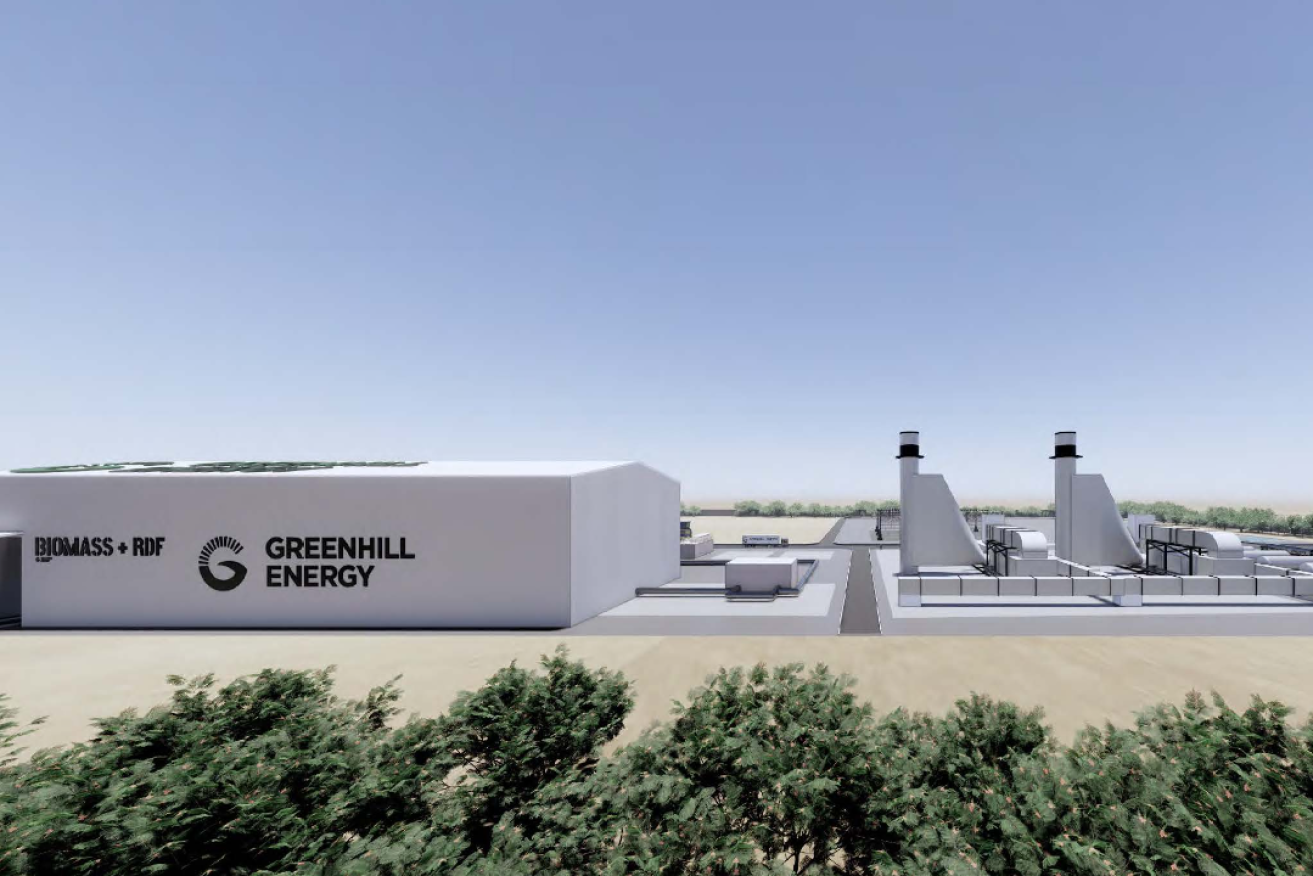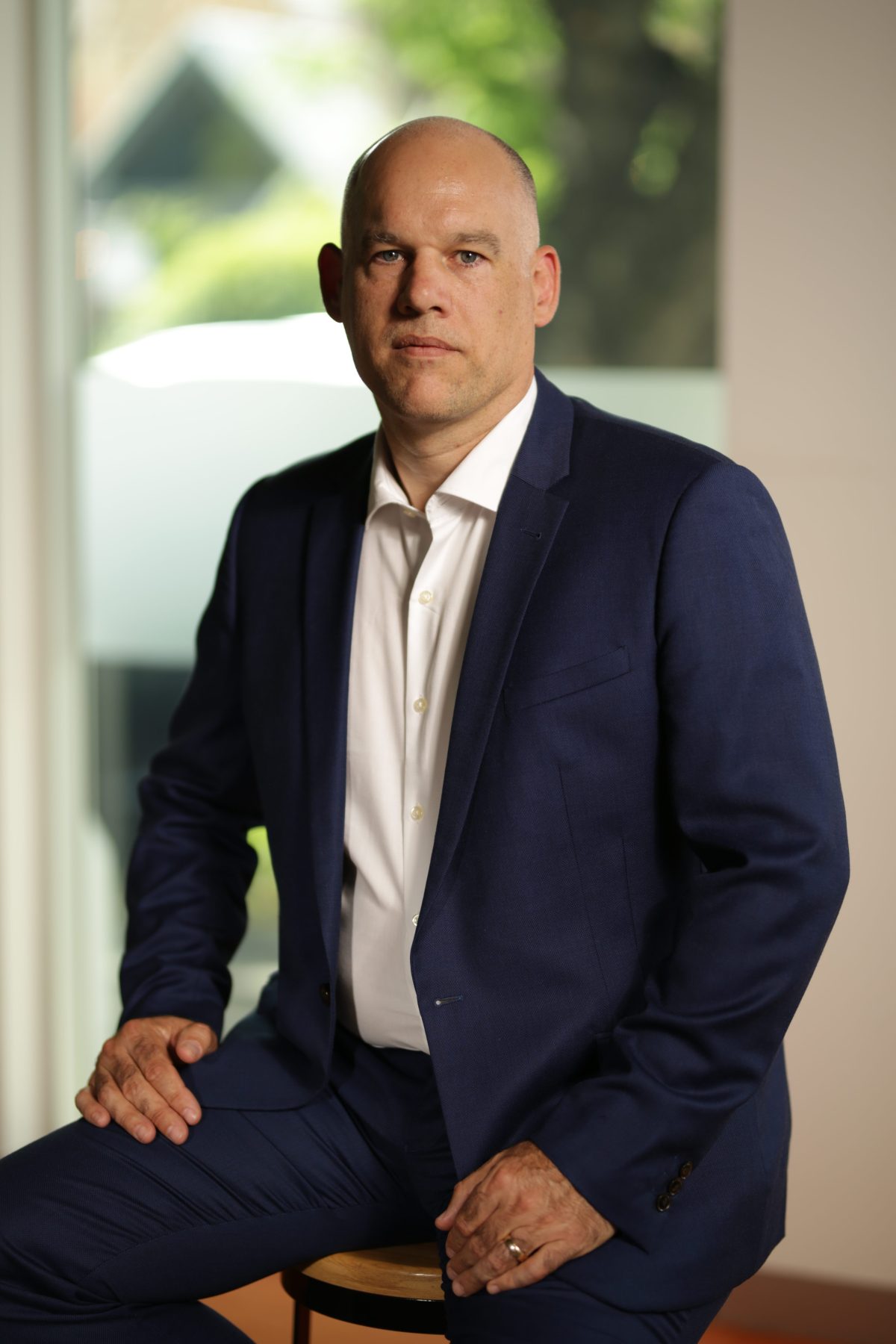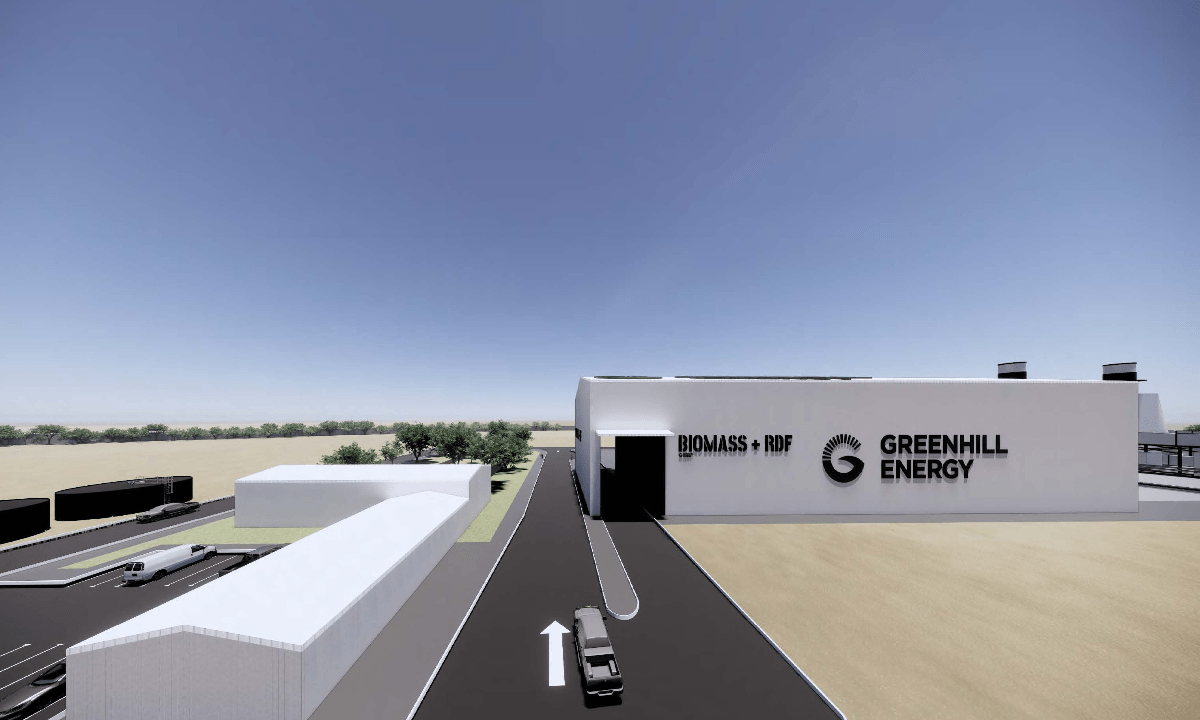Reposted from The Murray Valley Standard
[EXTRACT]
A new sawmill site has been proposed at Monarto and is currently progressing through development approvals, with the expectation to […]
Reposted from Murray Bridge News
[EXTRACT]
If you can turn something valueless into something valuable, you’re on a winner, both financially and environmentally.
That’s what Greenhill Energy hopes to do at its proposed gas and fertiliser plant at Tailem Bend, and that vision got one step closer to reality this week.
The start-up has reached a deal with wood processing firm KSI Sawmills to take waste from a new sawmill at Monarto and use it as fuel for the Riverbend Energy Hub.
Reposted from Stock Journal
[EXTRACT]
Proponents of a new clean energy project at Tailem Bend say farmers could have a big role to play in their vision of a circular economy offering.
Greenhill Energy is expecting to turn soil on stage one of the $425 million Riverbend Energy Hub next year, with the facility to convert landfill and other biomass into outputs like urea, hydrogen and Adblue – a diesel exhaust fluid used in modern trucks.
ABC Country Hour. Rural news and events from South Australia and the nation.
Radio Broadcast with Nicholas Mumford, Managing Director Greenhill Energy discussing the Riverbend Energy Hub™ project planned for Tailem Bend, South Australia.
Tuesday 25 June 2024. You can listen to the interview here.
Reposted from Australian Financial Review – Politics
[Extract]
Nicholas Mumford of Greenhill Energy, which makes hydrogen from biomass and waste, thinks the ESG (environmental, social and governance) pendulum has now swung too far from bullishness to scepticism. But its also a reminder he says that “it’s going to be a long game until 2050″.
Reposted from Australian Financial Review – Policy
[Extract]
Nicholas Mumford, managing director of Greenhill Energy, said that to meet the 2050 target, the government would have to work “really hard”. Greenhill Energy’s aim is to upcycle biomass and landfill waste into low-cost clean hydrogen energy. “I think we’ve picked all the low-hanging fruit. We’re really going to have to put our shoulder behind the wheel to make 2050 work,” he said.
Reposted from InDaily.
A more than $400 million plan from Greenhill Energy will divert up to 200,000 tonnes of waste per year from Australian landfills according to managing director Nicholas Mumford, who has big ideas for his Adelaide-based firm.

A render of Greenhill Energy’s proposed centre at Tailem Bend. Photo: Supplied.
With nine years at Santos under his belt and further experience at energy giant Shell, Nicholas Mumford is well-acquainted with the energy sector.
It was this time at Santos and Shell – the latter being one of the world’s biggest polluters – that inspired his work at Adelaide energy company Greenhill Energy.
The firm, based at Burnside, announced last year it would construct a $425 million integrated waste-to-hydrogen processing plant at Tailem Bend, south-east of Adelaide.
There the company will be able to divert up to 200,000 tonnes of waste from landfill once the facility is at full capacity, reducing greenhouse gas emissions in turn.
The Riverbend Energy Hub will turn waste and biomass into high-value products like fertilisers and synthetic fuels, and will also produce low-cost clean hydrogen for use in emission-free power and transport.
Speaking to InDaily, the managing director – who co-founded the business alongside chief technical officer Dr John Thomas – said his journey to starting Greenhill Energy was inspired by wanting to “address the broader climate change and emission reductions” issues.
“One of the drivers was to get out into the bigger wider world to be able to affect change quicker and more radically than I could sitting in a large corporate,” he said.
His decision to focus on hydrogen was made to avoid going for the “low-hanging fruit” like solar, and he was excited by hydrogen’s potential as a fuel source.

Greenhill Energy founder Nicholas Mumford. Photo: Supplied.
“Hydrogen is the jack of all trades, but it’s not the silver bullet for everything,” he said.
“Over the years hydrogen has been underutilised as a solution, simply because it’s been cost-prohibitive. I come from an oil and gas background and in many ways, hydrogen is very similar to oil and gas: it runs through pipelines, you have a similar set of standards for safety and hazard identification and so forth.
“A lot of the process, skills and background for oil and gas applies to the hydrogen sector. If we’re thinking about jobs into the future, a lot of the industry, the suppliers, the individuals that are in the oil and gas sector now in Australia and globally, for them to transition into a hydrogen-led economy in an emission-free sector then that transition is not a massive step.”
At the centre of Greenhill Energy’s plans is a $425 million integrated waste-to-hydrogen processing facility at Tailem Bend.
Once finished, it will be the first of its kind in Australia able to convert landfill waste and sustainable biomass into other products and clean hydrogen for use in power and transport.
The facility will sit on 20 hectares of land and should be fully operational within five years from now. Once at full capacity, it is expected to be able to manufacture more than 100,000 tonnes of urea fertilisers.
The project has State Government crown sponsorship, and, pending approvals, in 2025 the company will have constructed a singular gasifier that will be able to process 60,000 tonnes of waste per year – equivalent to about 1500 fully loaded semi-trailer trucks.
The company estimates about 300 jobs will be created during construction and once completed about 50 to 100 direct jobs.
In March, the company announced it had partnered with the City of West Torrens, Solo Resource Recovery and Peats Soil and Garden Supplies to establish a demonstration pilot program.
That demo will see the pre-processing of waste at the Adelaide Waste & Recycling Centre at North Plympton, followed by the processing of material to produce syngas using the University of Adelaide’s existing gasification facilities at its Thebarton campus.

A render of Greenhill Energy’s proposed project. Photo: Supplied.
“This partnership was formed with a broader vision to build an industrial scale facility to convert landfill waste into high-value products, such as clean hydrogen,” Mumford said at the time.
“This process will effectively mature Australia’s circular economy and contribute to considerable emission reductions in Australia’s waste sector.”
According to the International Energy Agency, methane is responsible for about 30 per cent of the rise in global temperatures post-industrial revolution.
“It’s a massive issue across the globe,” he said.
“We need to reduce our emissions a lot quicker than what we’re doing globally to hit our net zero targets, and we need to target the industries that have the biggest bang for your buck for the biggest impact.
“By diverting waste away from landfill, you’re not producing methane emissions. You put it through a process that does have a level of CO2 emission, but those CO2 emissions are utilised in an end-to-end process because we’re manufacturing products – higher-value products – from the material.”
He said his process “ticks a lot of boxes” in one go, “and provides jobs for the local community as well”.
The process he’s using has been adopted internationally, he said, but the urea fertiliser component of Greenhill’s project is “unique”.
“The downstream technology for urea is very conventional once you have the hydrogen and CO2 – that’s been done countless times globally – but taking the process through the whole end-to-end is a bit unique,” he said.
“What we’re trying to do is really uplift the value and upcycle the landfill waste into something of higher value so that we can actually start diverting away from landfill at a large scale.”
Further, there’s a “big opportunity internationally” too for Greenhill Energy which has a patent pending for its technology.
“We’re looking to leverage the technology internationally in due course, and we’re also looking at multiple facilities around Australia,” he said.
“There’s a really big opportunity internationally with what we’re talking about here. There’s 1.6 billion people in the world that don’t have electricity for example, and there’s a lot of waste that sits around the world and stockpiled in some of the countries that probably have very little net wealth.
Reposted from Australian Manufacturing
In a bid to break Australia’s heavy reliance on foreign imports for urea fertiliser, Greenhill Energy is set to launch the Riverbend Energy Hub in South Australia’s Murraylands.
This ambitious project aims to not only reduce the nation’s dependence on international markets but also bolster food security and promote sustainability in the agricultural sector, the company said in a media release.
The proposed manufacturing facility in Tailem Bend will be a pioneering project, integrating landfill waste and sustainable biomass to produce high-value products such as urea fertiliser, synthetic fuels, and clean hydrogen.
With partnerships already secured with industry giants like Elders, Solo Resource Recovery, and Peats Soil and Garden Supplies, Greenhill Energy is poised to divert biomass and waste materials into its processing facility starting from 2025.
Nicholas Mumford, executive managing director of Greenhill Energy, emphasised the importance of supporting local farmers while addressing Australia’s vulnerability to fluctuating international prices.
“We know our lack of sovereign capacity and resilience worries many people on the land. We aim to provide domestic supply certainty and place downward pressure on the cost of local food production,” stated Mumford.
The initiative comes at a crucial time when Australia’s dependence on foreign urea imports is escalating annually.
The closure of regional plants in 2022 further exacerbated the situation, leaving the nation entirely reliant on international sources.
However, Greenhill Energy’s innovative approach offers a sustainable solution by repurposing waste materials into valuable resources.
The Riverbend Energy Hub will utilise advanced waste-to-hydrogen technologies, including gasification, to produce “green urea” and clean hydrogen.
Initially targeting 100,000 tonnes of green urea production, Greenhill Energy aims to scale up operations to meet a significant portion of the nation’s urea needs in the future.
“We are proud to be one step closer to delivering Australia’s first fully integrated facility of this kind in regional South Australia to convert high volume sustainable biomass and landfill waste into high value upcycled products, such as urea fertiliser,” Mumford stressed.
Beyond addressing domestic Australian Manufacturing Greenhill Energy plans to replicate its success by establishing similar facilities across Australia and internationally.
Reposted from Wholesale Investor YouTube
Discover the innovative journey of Greenhill Energy as they transform everyday waste into clean hydrogen fuel, marking a new era in sustainable energy solutions.
This Exclusive Interview delves into the cutting-edge gasification technology that powers this transformation, the strategic partnerships driving success, and the environmental impact of reducing greenhouse gas emissions.
Join us to explore how Greenhill Energy is redefining the future of clean energy, one waste conversion at a time.
Reposted from the Australian Financial Review (AFR) – Street Talk
Greenhill Energy, a business led by former Santos operative Nicholas Mumford, has begun meeting with investors as it seeks funding to build a waste-to-hydrogen facility that hopes to divert more than 20 per cent of South Australia’s landfill waste by 2030.